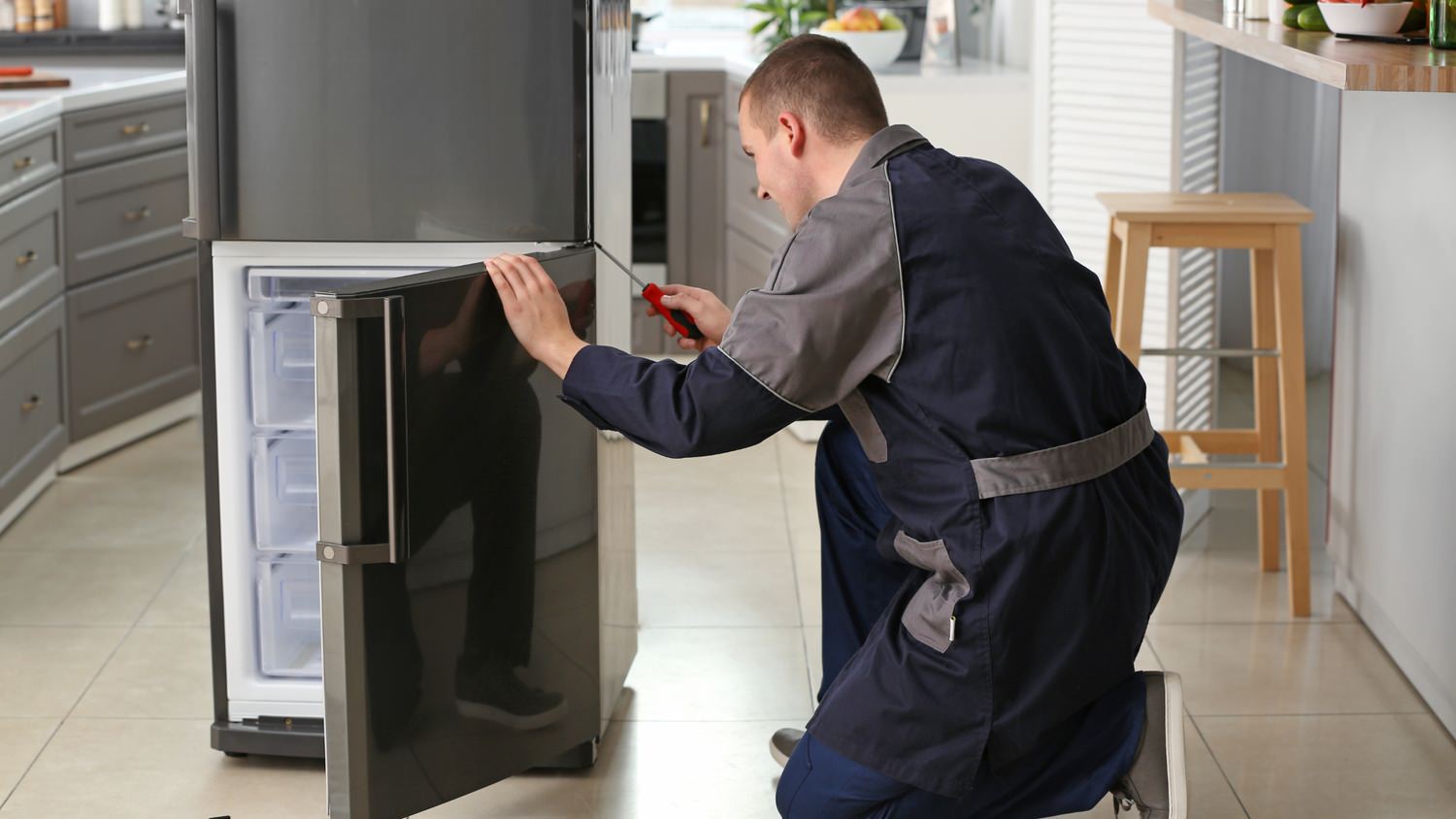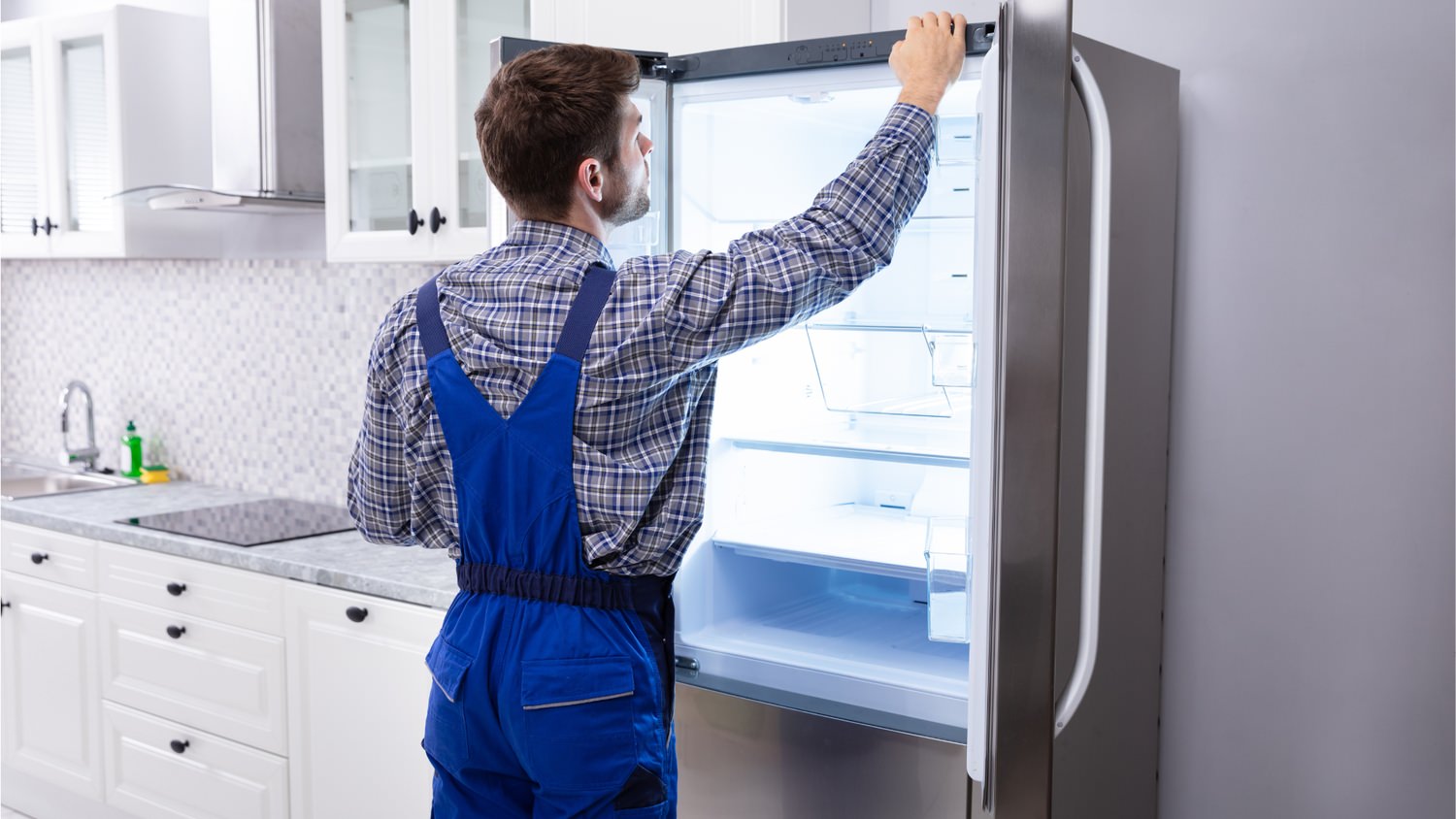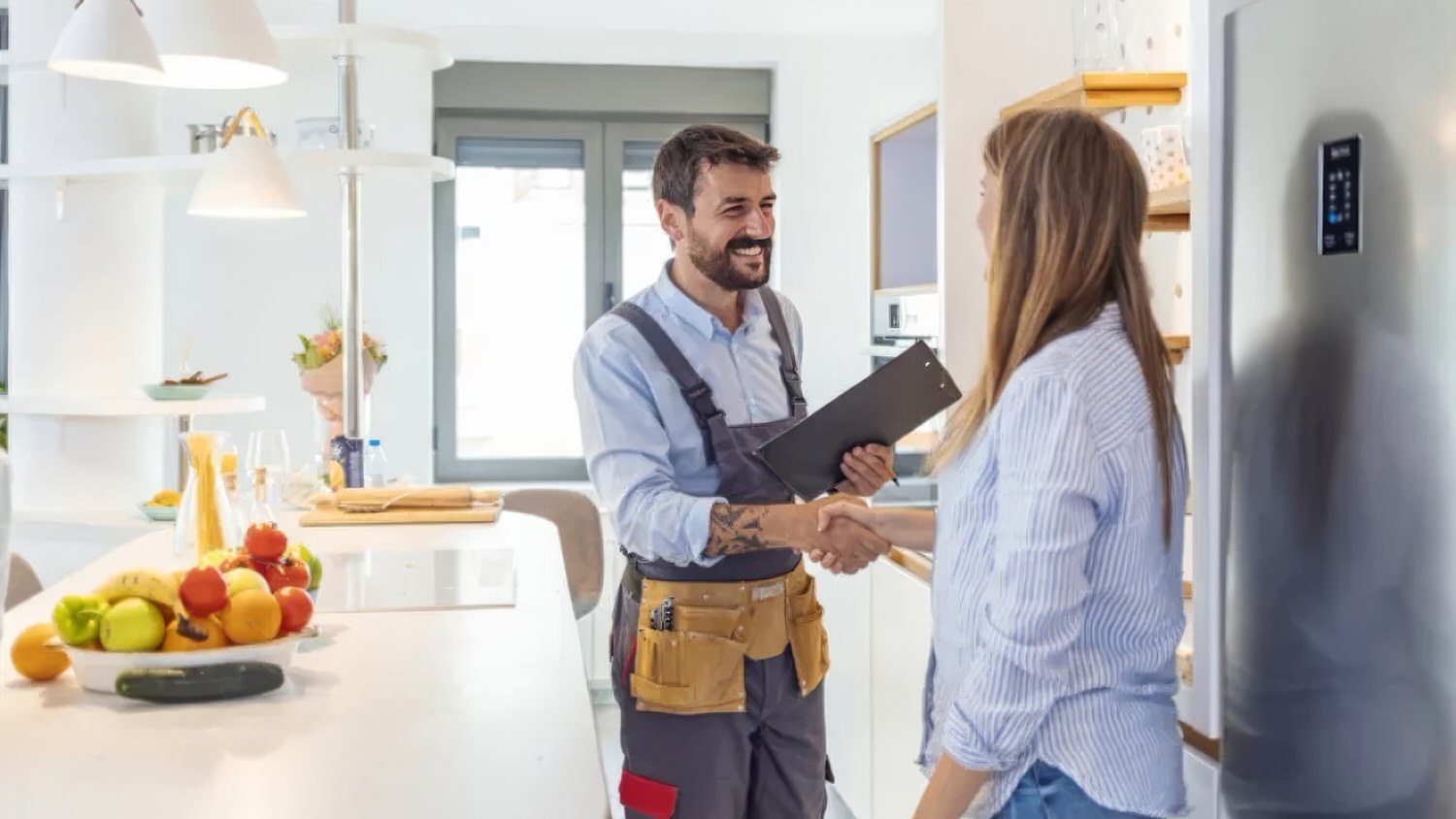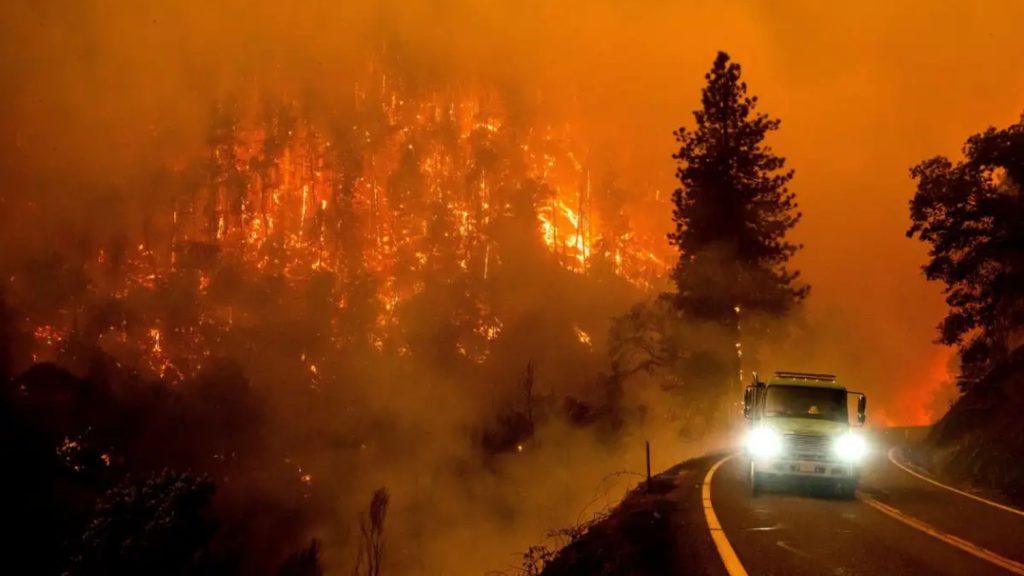After a wildfire, your kitchen appliances may have sustained hidden damage that could pose safety risks or affect their performance. A professional post-wildfire kitchen appliance inspection is essential to ensure your appliances are functioning safely and efficiently. Whether it’s checking for fire-related wear or ensuring electrical components are intact, this inspection can prevent costly repairs down the road and give you peace of mind. Keep your home and family safe by addressing appliance issues with expert care after a wildfire.
Table of Contents
Understanding the Importance of Post-Wildfire Kitchen Appliance Inspections
After a wildfire, many homeowners are unaware of the potential dangers that may still lurk in their homes, particularly within kitchen appliances. Electrical systems, gas lines, and appliances themselves could suffer damage that isn’t immediately visible. Without a proper inspection, these risks can go unnoticed, leading to potential hazards like electrical fires, gas leaks, and more severe malfunctions. Ensuring a safe living environment requires that homeowners prioritize appliance safety.
Risk of Hidden Damage to Kitchen Appliances
Wildfires don’t just leave visible signs of destruction; they can also affect appliances in ways that are not immediately evident. Heat can warp or damage the internal components of refrigerators, stoves, dishwashers, and microwaves. Similarly, smoke can infiltrate the delicate circuits of electrical appliances, leading to malfunctioning or permanent damage. Even gas-powered devices can be impacted by the intense heat, causing issues with the flow of gas or the integrity of the appliance’s structural components.
The Role of Professional Appliance Inspections
A professional post-wildfire kitchen appliance inspection provides homeowners with the peace of mind they need. Trained specialists can identify hidden damage and perform the necessary repairs to restore your appliances to their full functionality. These inspections not only focus on the physical condition of the appliances but also ensure that the surrounding systems, such as electrical wiring, gas lines, and ventilation systems, are safe and functional.
Key Areas to Focus on During a Post-Wildfire Appliance Inspection
To ensure a thorough and effective appliance inspection, the following key areas must be assessed by a professional:

1. Electrical Components of Kitchen Appliances
The electrical systems in your kitchen appliances are among the most vulnerable to wildfire damage. High heat can cause wires to melt or fray, leading to potential short circuits or fires. A professional technician will check all appliances for signs of overheating or electrical faults, paying special attention to power cords, plugs, and wiring.
- Refrigerators: Inspecting the compressor, wiring, and internal electrical components for damage is crucial.
- Dishwashers: The wiring that connects to the dishwasher’s power source needs to be checked for signs of melting or electrical hazards.
- Stoves: Inspecting the wiring, heating elements, and control panels for signs of heat damage or electrical faults is essential to ensure safe operation.
2. Gas Appliances and Lines
If you have gas-powered kitchen appliances, it is essential to inspect both the appliance itself and the gas lines for damage. The extreme heat of a wildfire may compromise the integrity of gas connections, creating serious safety risks such as gas leaks or fires. A professional technician will test gas lines for leaks, check the gas pressure regulator, and ensure that all appliances connected to the gas supply are functioning correctly.
- Gas Stoves: The burner assembly, ignition system, and gas valves must be thoroughly inspected for any damage.
- Ovens: The heat seal, gas burners, and internal parts should be checked to prevent leaks or unsafe operations.
3. Smoke and Heat Damage to Appliance Components
Even if an appliance doesn’t appear to have direct fire damage, it could still be compromised by smoke and heat exposure. Smoke infiltration can affect the circuits and components of electrical appliances, potentially leading to malfunctions down the line. Heat can warp metal parts and plastic components, reducing the efficiency of your appliances.
- Refrigerators and Freezers: Even a small amount of heat can impact the cooling system’s efficiency, leading to food spoilage and system breakdowns.
- Dishwashers and Washers: High temperatures can cause seals and hoses to break down, leading to water leaks or appliance failure.
4. Ventilation and Exhaust Systems
After a wildfire, the ventilation system in your kitchen must also be inspected. Smoke can linger in exhaust fans, ducts, and vents, creating potential air quality hazards. It is critical to check for the presence of soot or smoke residues that could impact the system’s ability to vent properly, potentially causing further damage to your kitchen appliances and indoor air quality.

Steps Involved in a Professional Post-Wildfire Kitchen Appliance Inspection
A professional inspection typically follows a systematic process to ensure all aspects of appliance safety and functionality are addressed:
1. Initial Assessment
The first step in any post-wildfire appliance inspection is an overall assessment of the damage. The technician will evaluate the level of exposure to smoke, heat, and fire, and prioritize appliances that are at the highest risk of hidden damage. They will look for visible signs of external damage as well as investigate internal components for potential issues.
2. Detailed Inspection of All Appliances
Each kitchen appliance will undergo a thorough inspection. Technicians will disassemble parts where necessary, such as the rear panels of refrigerators or stoves, to check for issues not visible from the outside. They will test electrical connections, gas valves, motors, and other key components for functionality.
3. Safety Check of Electrical Systems and Gas Lines
A comprehensive safety check will be conducted on the electrical and gas systems. This includes testing for wiring faults, checking for gas leaks, and inspecting the integrity of the appliance’s electrical components. Technicians may also conduct pressure tests on gas lines to ensure safe operation.
4. Cleaning and Restoration of Appliances
If smoke or soot residue is found inside appliances, the technician will clean the internal components and restore the appliance to a safe, functioning state. Proper cleaning can prevent further damage and ensure the appliances are ready for use once again.
5. Testing and Final Report
Once the inspection and any necessary appliance repairs or restorations are completed, the technician will run tests on each appliance to ensure that everything is functioning correctly. You will receive a detailed report outlining the condition of each appliance, any necessary repairs, and the overall safety of your kitchen’s systems.
How Often Should You Schedule Post-Wildfire Appliance Inspections?
While a one-time post-wildfire appliance inspection is essential after a wildfire, regular inspections should be scheduled to maintain appliance safety. It’s advised to have professional checks annually or if you notice any issues with your appliances. Keeping your kitchen appliances well-maintained reduces the risk of future damage and ensures that your kitchen remains a safe environment for cooking and entertaining.
Who Should I Call for Appliance Maintenance & Repair Service?
When it comes to emergency appliance repairs after wildfires, trust the professionals at 5 Star Appliance Repair. Our experienced technicians specialize in appliance repair, inspection, and maintenance, ensuring your kitchen appliances are safe and functional. From detecting hidden damage to addressing performance issues, we deliver expert care to restore your appliances precisely. Don’t risk your home’s safety—schedule a professional appliance service today. Call 5 Star Appliance Repair now and enjoy the peace of mind you deserve after a wildfire!

Conclusion: Protecting Your Home and Family Post-Wildfire
Safeguarding your home and family after a wildfire begins with addressing potential risks hidden in your kitchen appliances. Heat, smoke, and soot can cause unseen damage to electrical systems, gas lines, and key components, leading to dangerous malfunctions if left unchecked. By scheduling a professional post-wildfire appliance inspection, you can ensure your appliances are safe, efficient, and fully operational. From refrigerator repair to gas line testing, every detail matters in creating a secure living environment.
Trust the experts at 5 Star Appliance Repair to deliver thorough inspections and reliable appliance repair service solutions tailored to your needs. Take the first step toward restoring your home’s safety—book an appliance service today!
FAQs
Why is a post-wildfire kitchen appliance inspection important?
A post-wildfire inspection helps identify hidden damage to your kitchen appliances caused by smoke, heat, or fire. This ensures your appliances are safe to use and prevents potential safety hazards, such as electrical fires or gas leaks.
How can smoke damage affect my kitchen appliances?
Smoke can infiltrate the internal components of electrical appliances, affecting their circuits and causing malfunction. It can also leave soot residues that impact appliance performance and air quality in your kitchen.
What should be checked during a post-wildfire appliance inspection?
Key areas include the electrical components, gas lines, internal parts of appliances, and the ventilation system. A professional will inspect for visible damage and hidden issues to ensure functionality and safety.
How often should I schedule a post-wildfire appliance inspection?
While a one-time post-wildfire inspection is crucial, it’s recommended to have annual inspections or whenever you notice appliance issues. Regular inspections ensure ongoing safety and prevent further damage to your appliances.
What happens during a post-wildfire appliance inspection?
The technician conducts an initial damage assessment, followed by a detailed inspection of appliances, electrical systems, and gas lines. They’ll clean and restore appliances if needed, and provide a report on their condition and safety.


